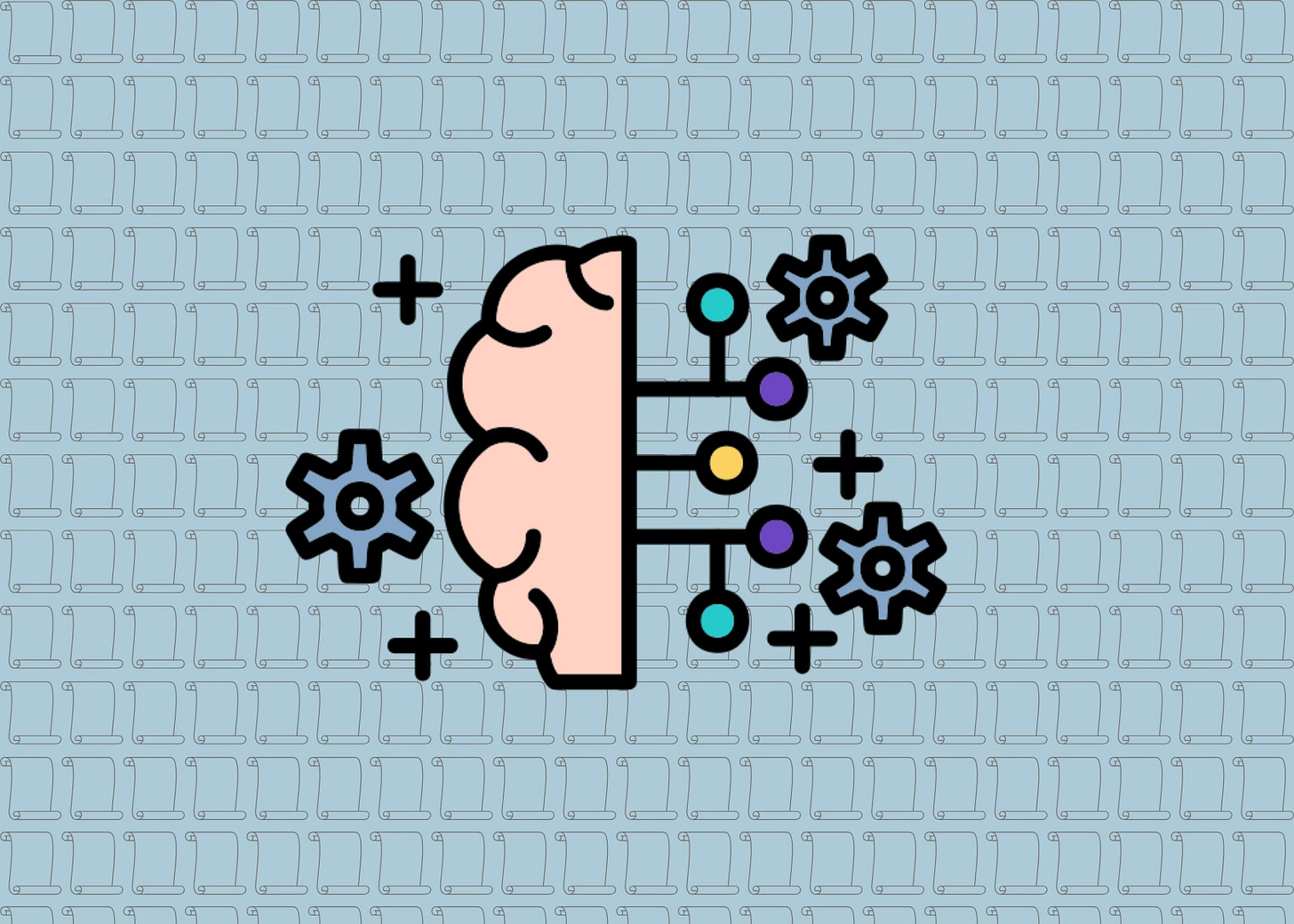How to Build a Brain System That Makes Goal Achievement Inevitable
Your goals keep failing because you’re using willpower instead of redesigning your life

Hey friend,
Imagine transforming your entire life in a month using a simple shift that most people completely miss.
In today’s newsletter, I’m breaking down how to cultivate a mindset that makes goal achievement inevitable.
How to Build a Mindset That Makes Goal Achievement Inevitable
Here’s a fact that’ll shock you: 92% of people abandon their goals within three months.
But here’s what’s even more surprising: The 8% who succeed aren’t more disciplined, they’re just using a completely different approach.
This costs you more than you realise. Every failed goal doesn’t just represent wasted time, it chips away at your self-trust and confidence. You believe you’re “not the type of person” who follows through. The average person cycles through this pattern 4-6 times per year, creating a compound effect of diminished confidence.
Why Traditional Goal-Setting Doesn’t Work
Most people approach goals like they’re solving a math problem. They set a target, create a plan, and then rely on willpower to bridge the gap.
This approach is broken.
When you depend on motivation, you’re betting your future on the most unreliable currency in existence. Motivation is like weather: it changes daily, hourly, sometimes minute by minute. Research shows that willpower depletes throughout the day, which explains why your evening Netflix binge destroys your morning workout plans.
The breakthrough comes when you stop chasing motivation and start building systems that work, regardless of how you feel.
Step 1: Design Your Environment for Success
This is the foundation that 90% of people skip, and it’s why they fail before they even start.
Your environment is stronger than your willpower. Always.
Here’s the exact implementation:
Remove friction from desired behaviours
Add friction to unwanted behaviours
Create visual cues that trigger the right actions
When it’s done right, the right choice becomes the straightforward choice.
For example, suppose you wanted to read more, but you keep defaulting to social media. You can move your phone to another room and place a book on your pillow. Within two weeks, you’ll be reading 30 minutes before bed without forcing yourself.
Step 2: Track Leading Indicators, Not Results
This step reveals what your current approach is actually producing versus what you think it’s producing.
Answer these three diagnostic questions:
What behaviours directly lead to your desired outcome?
How often are you actually doing these behaviours?
What patterns emerge when you track daily actions versus weekly results?
The counterintuitive insight? People who track their inputs achieve better outputs than people who track their outputs.
Most people obsess over losing weight while ignoring whether they’re actually eating the right foods. They focus on revenue while ignoring whether they’re having the right conversations.
Step 3: Create If-Then Implementation Strategies
Use your Step 2 insights to build automatic responses to predictable situations.
Unique challenges require unique pre-planned responses:
For low motivation days: “If I don’t feel like exercising, then I’ll put on my workout clothes and do 5 minutes“
For busy schedules: “If I have less than 30 minutes, then I’ll focus on my highest-impact activity“
For setbacks: “If I miss a day, then I’ll immediately plan my next action instead of abandoning everything”
The common thread is that you’re deciding in advance when your brain is calm, not when it’s stressed.
Step 4: Build Feedback Loops That Drive Behaviour
This is where theory becomes a transformation.
Here’s a real scenario you might be in: You want to build a consulting practice but keep “preparing” instead of reaching out to prospects. Your starting point is zero client conversations per week.
Key decisions: You could commit to one prospect conversation daily and track it on a simple calendar. Within 60 days, you could have multiple paying clients and a waiting list.
And the unexpected benefit would be that the daily tracking creates momentum that makes the work feel inevitable rather than overwhelming.
Step 5: Optimise Based on Real Data
Slight adjustments compound into dramatic improvements over time.
Measure your impact through specific metrics:
Consistency rate (how often you stick to your system)
Recovery time (how quickly you restart after setbacks)
Compound effects (how today’s actions build on yesterday’s)
Your first-week challenge: Achieve 80% consistency, not 100% perfection.
Most people aim for perfection and quit when they hit 60%. Smart system-builders aim for 80% and compound their way to extraordinary results.
When Things Go Wrong
The most common roadblock: You’ll hit a plateau where your system stops producing obvious results.
This isn’t failure, but your brain adapting to your new normal. Plateaus signal that you’re ready for the next level of challenge.
Recovery steps: First, celebrate the consistency you’ve built. Then, identify one element of your system that you can enhance. Finally, make the change while maintaining everything else.
These challenges aren’t obstacles, they’re proof you’re pushing beyond your comfort zone into growth territory.
Your Path Forward
Start with ONE system that targets your most important goal. Build it for 30 days before adding complexity. Let each minor success create evidence that you’re someone who follows through.
The single most important action you can take right now: Choose your environmental design for tomorrow.
Worth Noting:
Systems beat goals because they focus on process, not outcomes
Small, consistent actions compound faster than sporadic, big efforts
Your environment shapes your behaviour more than your willpower
Hit reply or comment and tell me: What’s the ONE system you’re going to build first?
Talk soon,
Anže
Next week, I’m sharing the “Implementation Intention” framework that helps me live a life that energises instead of drains my energy.



this is truly great! So simple yet so many people don't do it. I for starter, admit that my success routine is close to this but this article will 10x what I already do. Thank you so much!